Build Your Homestead Pharmacy With Home-Based Herbal Medicine
Herbal medicine is the mainstay of the self-reliant homestead both for humans, pets, and livestock. Learn how we improved the health of our livestock naturally with our homestead pharmacy and how you can too!
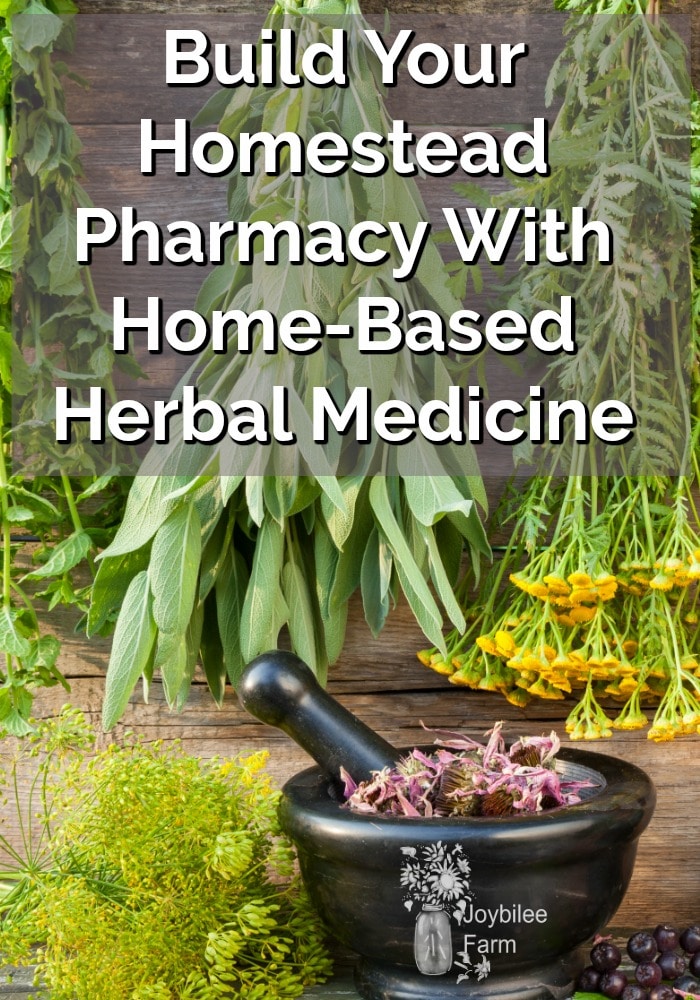
Homestead medicine was the medicine that man relied on to cure disease, treat infection, and encourage robust health for a millennium. During the age of enlightenment, alchemy started playing with coal-tar and petroleum derivatives and industrial science and allopathic medicine were born — beginning with mauve dye, an accidental invention that came from the search for a chemical cure for malaria. So lest you think that a blog devoted to fibre arts and natural dyes has no business looking into herbal medicine, there is a precedence. I consider that one can’t begin to look at natural dyes without delving into herbal medicine, since many of the properties that give good colour on cloth are the same properties that heal. For instance, natural indigo is a known insect repellent, by controlling insects one can control disease, somewhat, and babies in Africa are clothed in indigo-dyed diapers for this reason.
Why Herbs are better than chemicals for your herbal medicine
Herbal medicine is the mainstay of the self-reliant homestead both for humans, pets, and livestock. Herbs contain volatile oils, tannins, and alkaloids that promote the body’s own healing mechanisms. While pharmaceutical science attempts to isolate presumed alkaloids to put them in a pill, herbal medicine works more efficiently by taking whole herbs and allowing them to work their magical synergy. (Pharma comes from the Greek word for magic).
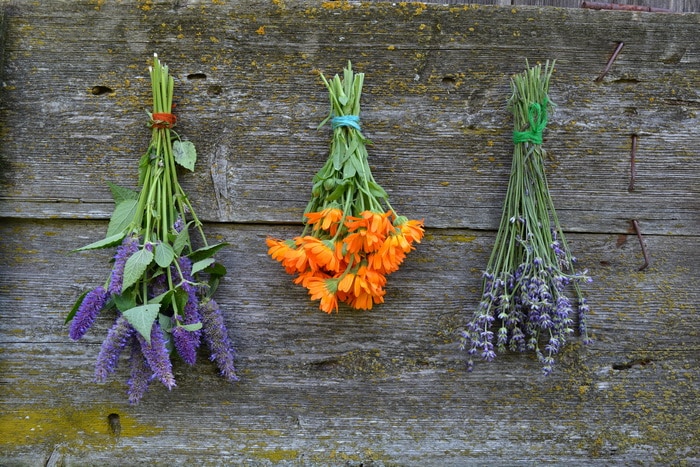
Grow Herbs yourself or WildCraft
Ideally, you want to grow the herbs yourself, gather them yourself from the wild, and preserve them yourself. In this way, you control the growing conditions, organic or not. You control the preservation conditions as well.
When drying herbs, they should simply be bundled and hung in an airy spot away from direct sunlight, and away from heat. When herbs are dried with electrical heat, as most commercial herbs are, they can lose potency, and their essential oils, which provide much of the healing benefit, will evaporate.
Further, when you grow and preserve your own herbs, you ensure freshness and maximize their healing benefits. Commercial herbs maybe a year old before they reach your larder.
When you are unable to grow your own herbs, you may be able to substitute with an herb that you can grow. For instance, I struggle to grow chamomile, but ox-eye daisy grows abundantly in my pastures. Ox-eye daisy has many of the same properties as chamomile and can be substituted in many herbal recipes.
When this proves impossible, dried herbs can be used instead. Keep in mind that many dried herbs have been dried with heat and will require more herbs for the same efficiency. Try doubling the amount called for in your herbal preparation and experiment from there.
A good online source for organic herbs is Mountain Rose Herbs.
When to Call the Doctor or the Vet
Herbal medicine is not a replacement for your family doctor or your holistic veterinarian. Allopathic medicine is excellent at helping in trauma, acute pain, and emergencies. But for prolonged, chronic illness — allopathic medicine treats symptoms while masking the underlying condition, while herbal medicine will heal inflammation, and the underlying health issues — given enough time. So for injury, accident, or a sudden onset of pain, fever, or serious illness always consult your doctor for your family’s health or your veterinarian for the health of your pets or livestock. But for first aid and chronic health issues, there is a great deal you can do to build your health through your homestead pharmacy.
Joybilee Farm’s Experience with herbal medicine
When I first started raising chickens, goats, sheep, llamas, and rabbits on our homestead, I read all the books available on raising livestock. Books like Raising Chickens the Modern Way, Raising rabbits the modern way, Raising milk goats the modern way — you get the idea. The problem was that modern meant industrial agriculture. The books warned me about all the diseases that modern livestock was prone to. The books encouraged feeding industrial, premixed feed, as well. I stocked my livestock pharmacy with Penicillin, Tetracycline, B-vitamins, Sulfa-drugs, 3 different chemical cattle wormers, lice dusting powder, injectable selenium, injectable calcium, and immunizations (made for cattle) to ensure the “health” of my goats, sheep, and rabbits.
I had the vet out to teach me how to give an injection and to take blood tests of my animals in the first 3 months of being a new livestock farmer. He took one look at my shelf of veterinary medicine and said, “You have more drugs than I do!” Funny thing was, I stocked up on the things that the books told me to, but I hardly used any of those drugs. I was farming organically, and using herbs to treat my own family’s maladies, yet thought, thanks to the modern books, that herbs don’t work on animals. (NOT SO!)
It didn’t take long, feeding industrial feed to my livestock, that we noticed a decline in health. In fact, most of my animals were from small homesteads that only fed industrial feeds, and so the decline had been there to start with. Dairy goats that should have had a 12 to 14-year lifespan were spent at 8 years old — burned out. And I was told this was normal for high-producing animals. (NOT SO!).
When we moved out to Joybilee Farm in 2003, and my animals had access to 140 acres of prime browsing land, there was a dramatic increase in the health of some of them — especially the sheep, and a decline in the health of others. Minerals were a key factor in re-establishing the health of the flock. And the other was giving them access to the herbs that grow abundantly and seeding more herbs to help them heal themselves. Animals that are given access to a wide variety of herbs, will self-medicate and balance their own health. For instance, we have a small plot where our septic tank is, where the soil is rocky and poor. Wormwood (Artemisia absinthium) colonized the plot along with clover. The goats and sheep finish off their daily grazing in this patch of herbal goodness. We do not need to treat with chemical wormers when the animals are free to self-medicate.
Removing GMOs from our livestock feed, further improved the health of our herd. Our reasons for taking the animals off GMOs were partially for our own benefit — animals that eat GMOs have GMO DNA in their meat, eggs, and milk. When we tried to remove genetically modified corn, soy, cottonseed, and canola from our feed we came up against a brick wall. The feed company didn’t want to work with us. The feed mill’s nutritionist would not return our calls. And the mill stated unequivocally it couldn’t be done. We were also frustrated that we had to have a separate feed for every species of livestock on the place. You can’t feed chicken feed to rabbits, and if the sheep get into your goat feed it will kill them — too much copper. So by switching to our own feed at 15% protein, we had a feed mix that every animal species thrived with — given access to free-range herbs, grasses, and browse. We were able to feed without GMOs and we can mix our feed according to what is available in our region.
Let their food be their medicine
One of the keys to disease in livestock and pets is unnatural feeding. What you feed your animals makes a difference in their overall health, just as what you eat makes a difference in your health. Change their feed and you will change their health.
GMO-Free Livestock Feed (15% protein)
1 part whole oats
1 part whole wheat
1 part whole barley
1/2 part-whole flax seed
1/2 part-whole sunflower seed
1 part whole peas or garbanzo beans
The mill mixes the 3 grains for us and we mix in the flaxseed, sunflower seed, and peas or beans.
For baby chicks that require a higher percentage of protein, we add raw milk, whey, or hard-boiled eggs.
Each animal is free ranged and has access to grass, pasture, hay, and straw, in season. Each species also has access to minerals that are appropriate to that species, as well as sea salt and kelp meal. Kelp meal and sea salt provide trace minerals that my land is poor in. Once the livestock manure has been incorporated into our garden over several seasons, it will increase the bio-availability of these trace minerals and the need for supplementation will decrease.
Feeding Pets
Dogs and cats have different digestive systems than ruminants and poultry. They require a higher protein ratio in their diets to thrive. Further, the protein that they eat should be higher-quality animal protein, rather than the rendered garbage that is in commercial dog food and cat food. In the wild, they would eat their protein raw, and so a raw diet will optimize their health and well-being. When we switched our dogs off of their commercial dog food to a homegrown, raw, non-GMO diet one of the benefits was a slimmer dog, with more energy, and a glossy coat.
We were slower on changing our barn cats from a commercial diet to homegrown. They won’t eat raw meat and we were finding that the chickens cleaned up their food, while they preferred mice over what we were feeding. They will eat cooked meat, and raw eggs though, so we get their minerals into them with bone broths, fish oil, and raw eggs over a base of raw oatmeal or cooked rice or quinoa. We still have some tweaking to do with our cats’ food, but already our 12-year-old cat is acting more like a kitten again.
This article is part of a series of articles on Home-based Herbal medicine for your pets and livestock. Subscribe to my RSS feed so that you don’t miss any of these informative articles.
Other articles in this series:
Before you call the vet: 3 easy steps to get a baby lamb or kid on a bottle
No time to call the vet: Dealing with hypothermia in baby goats and lambs
No time to call the vet: How to remove ticks from llamas and alpacas
How to make herbal first aid salve for livestock
Herbal Medicine: Dealing with parasites in goats and sheep, part 1
Arnica montana for bruises, sprains, and wounds
Must-have resources for Herbal Medicine
The complete herbal handbook for Farm and Stable by Juliette de Bairach Levy
The complete illustrated Holistic Herbal by David Hoffman
The Complete Family Guide to Natural Home Remedies by Karen Sullivan, ed.
Shared On:
Thrifty Thursdays, Natural Living link-up, Simple Living Wednesdays,


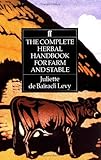
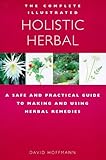
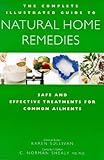

Leave a Reply